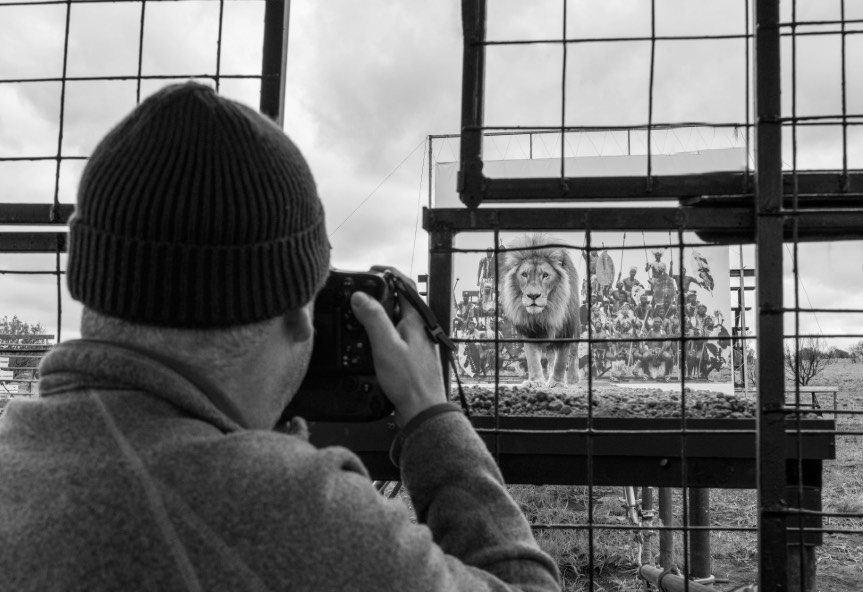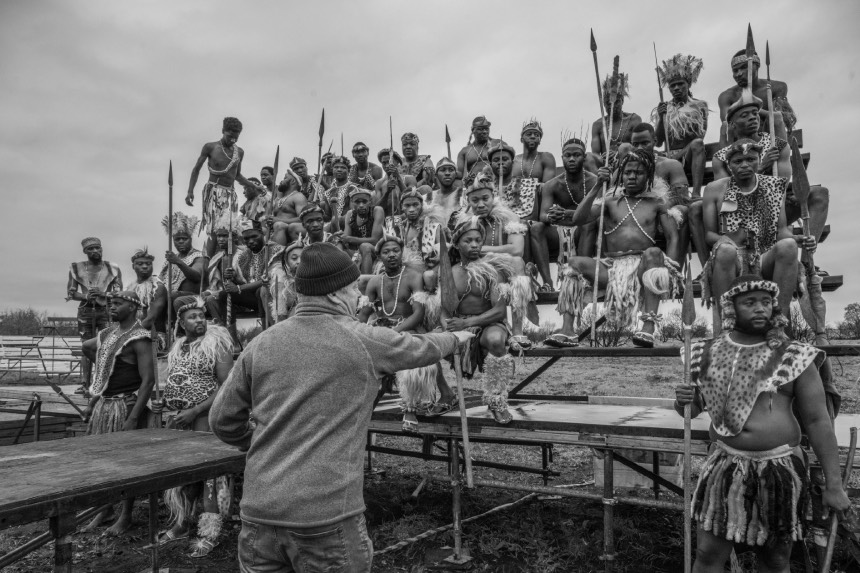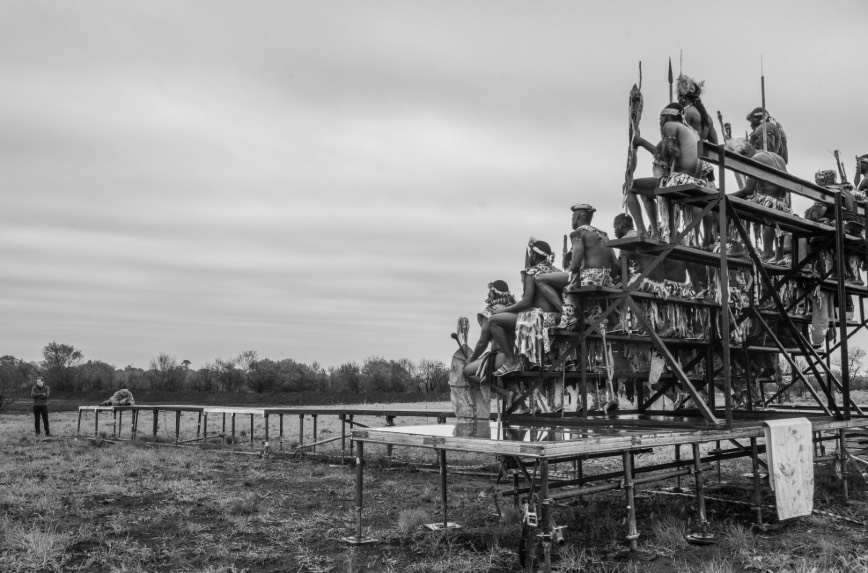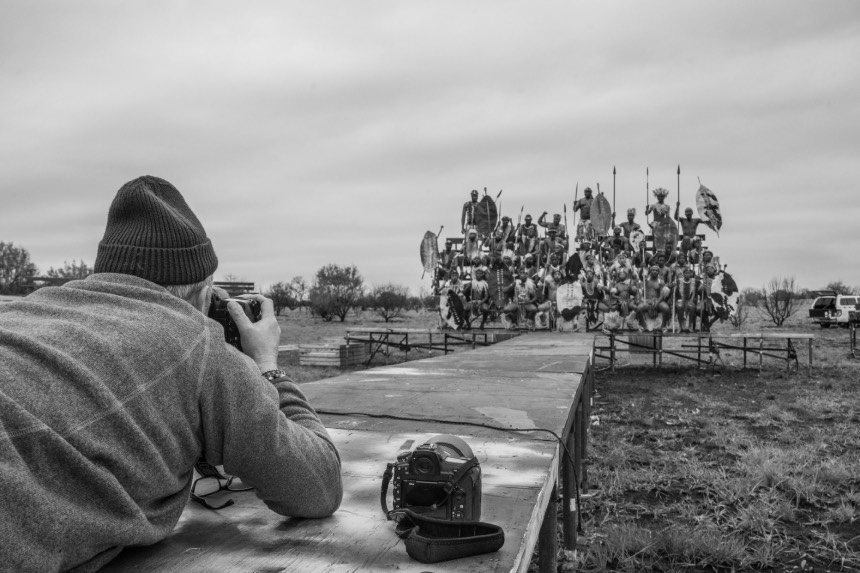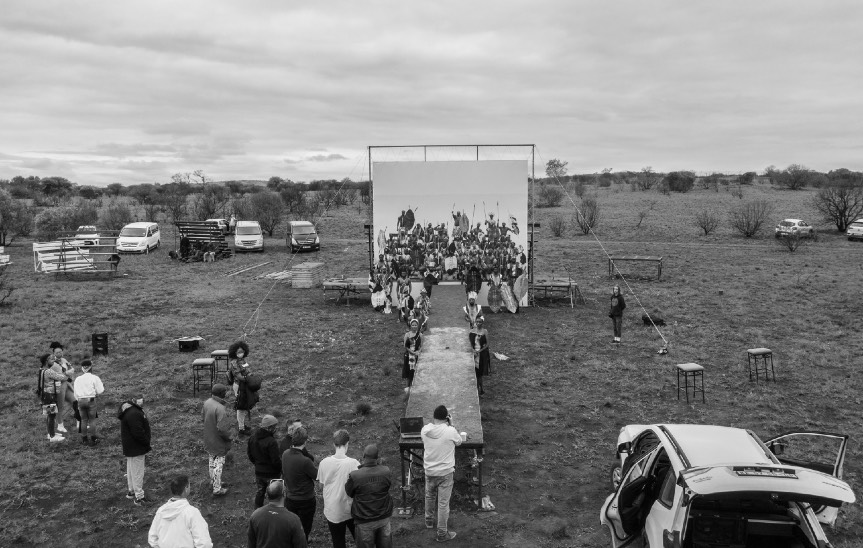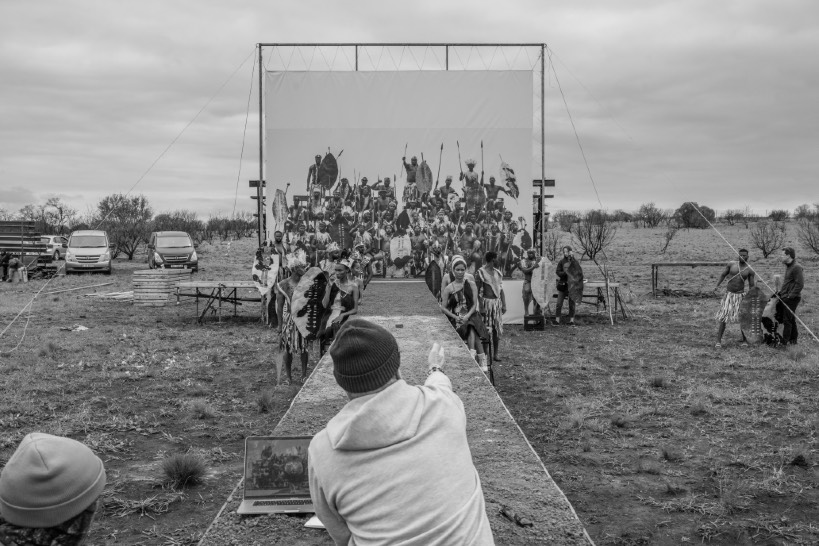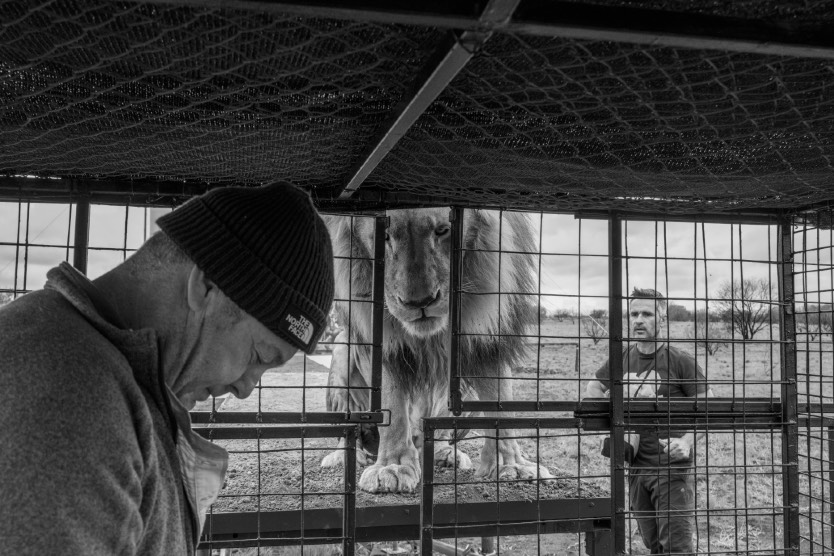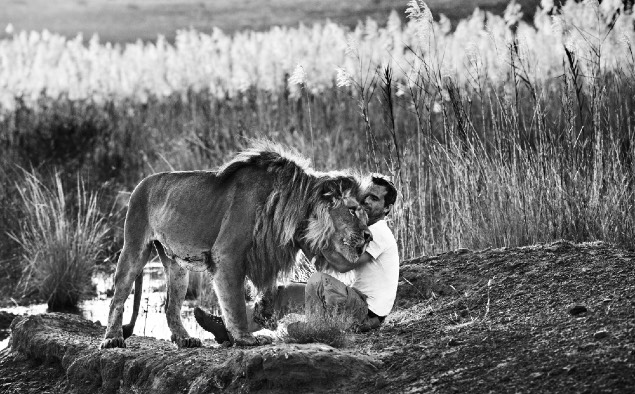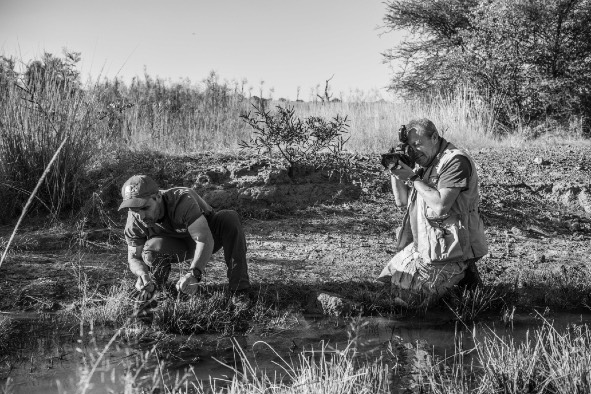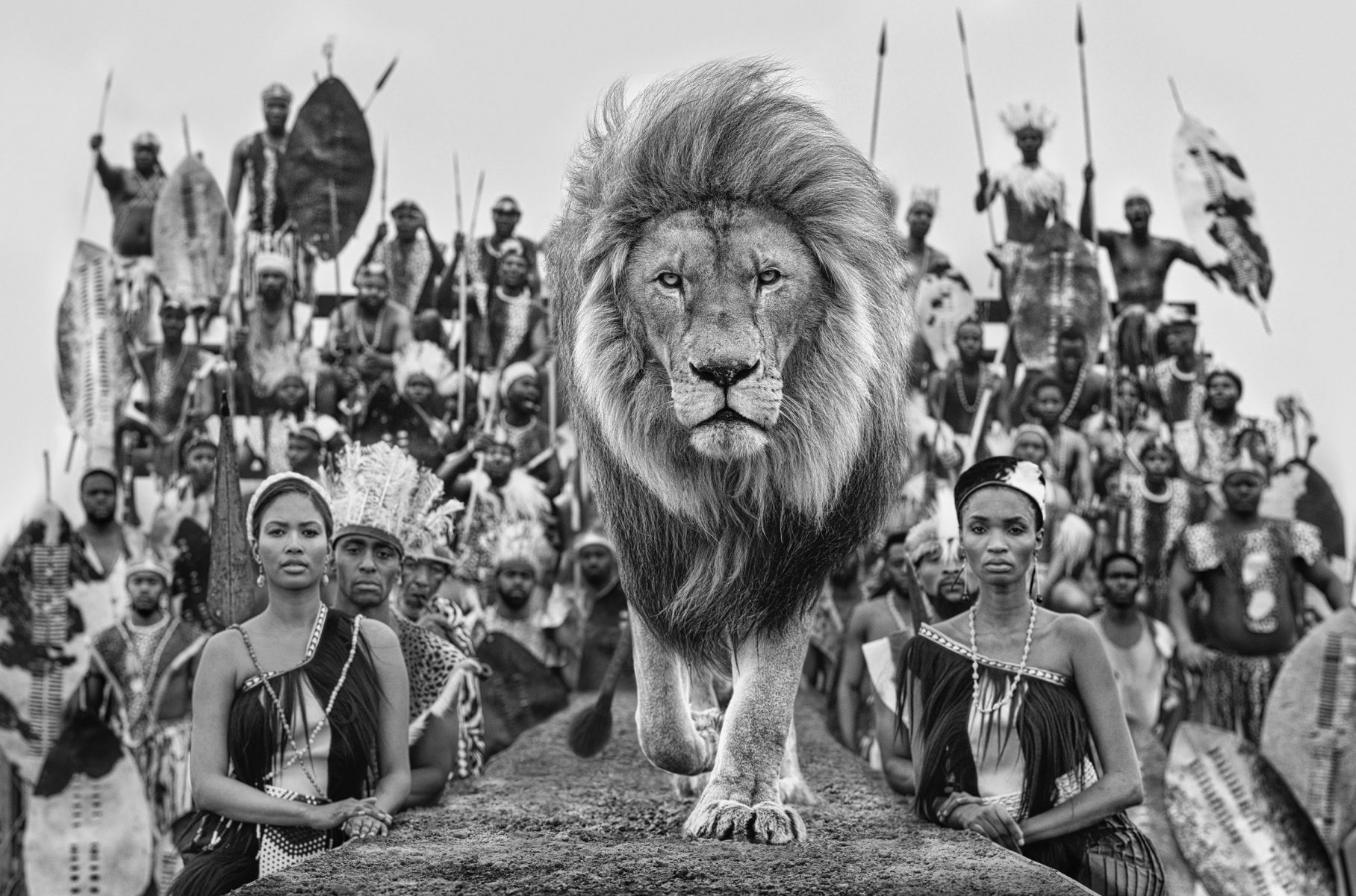
The making of ‘Catwalk’ by David Yarrow behind the scenes Dinokeng, South Africa – 2021
January 7, 2022Narrative In early 2015, I took a photograph in an old saloon high in the mountains of western Montana. The image of a large adult wolf walking purposefully towards my camera, whilst life in the bar continued as normal behind him, became coveted. I was flattered that the last available edition sold for $100,000 at Sotheby’s a few years later. I think the price paid was a tribute to the magnificence of the wolf as much as it was to the authenticity of the concept.
There was a compositional balance to that image and whilst the barman and the customers were way out of the focal range of the camera lens, their anonymity added to the narrative and didn’t detract the eye from the wolf. Focus can deliberately exclude as well as include, and in layered images such as the Wolf of Main Street, this approach works well as it directs the viewer without losing the wider story. In retrospect, the photograph was a pivotal moment in my career and the barman that day – Thomas Rosenthal – has become a dear friend and is now part of the DY production team in America.
We borrowed from the depth offered by that saloon in many sets around the world over the next few years. Whilst I am all for fresh challenges, if a concept works, I tend to go back. In 2021 my ambition was to leverage my long-term relationship with Kevin Richardson – The Lion Whisperer – to create something special in his lion sanctuary north east of Pretoria. The project was delayed by COVID as South Africa only really opened up in the autumn, but this gave the original premise time to marinate in my mind. I wanted to glorify the lion’s splendour – as did Kevin – but I also wanted to build a much wider story around the key subject.
As we spitballed a few ideas around, two governing principles became clear. The first was that the lion could only be on set if I was in a cage and no one, other than Kevin, was in his domain. This is not just for safety reasons, it is also because we had to remove any conceivable distraction for Vayetse, my go to lion within Kevin’s care. The second conclusion was that we should build a set predicated on compositional mathematics before anything else. In other words, I knew my lens and camera settings before we started construction, not on the week of the shoot. There was a great deal of creative processing long before we arrived in South Africa as this was very much a picture that was going to be made, not taken.
In building the story, my instincts were to play on the vibe of a Paris Catwalk – after all, we had access not just to any cat to strut down our catwalk, but the King of Africa; a magnificent adult male lion. I have been to enough fashion shows in my life to know that it’s a theatre and the attendees tend to be united in their passion and behaviour. There may be more cultural refinement in the Paris fashion shows than at a club football match, but both theatres attract collective tribes.
This prompted me to indulge with the idea that we should incorporate a tribal crowd into the set – albeit a literal tribe not a metaphorical one. We were certainly in the right part of the world, the heartland of the Zulu people. The largest ethnic group and nation in South Africa, with an estimated population of 10-12 million, was within a morning’s drive of where we were shooting.
My plan was to bring around 100 adult Zulus to the set – all dressed in traditional attire and armed with spears and shields. The word went out and we had no shortage of applicants. With each and every member of the cast, we discussed whether there were any cultural appropriation issues in asking them to dress traditionally. As I have found with Native Americans, they said it would be a celebration of their culture; of which they were rightly proud.
To many the word “Zulu” evokes memories of Michael Cain in the 1964 British epic war film depicting the Battle of Rorke’s Drift between the British Army and the Zulus. Luckily that battle was 140 years ago and the script has changed. The Zulus on set could not have been more cooperative with this Brit and there was a carnival mood at breakfast despite many of them having been picked up at home at 2 am. It was one of the more memorable mornings of my career to be able to immerse myself in the uplifting energy of Zulu life.
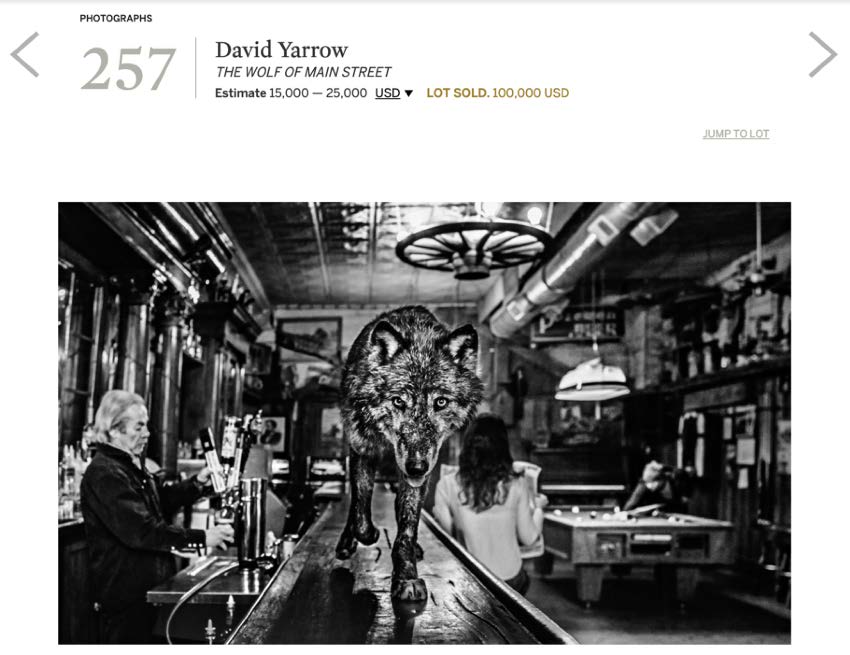
In 2021, I wonder whether artists are smart to retain some secrecy or mystique as to how they create their work? It is a dilemma for us because whilst we like to show behind the scenes footage, we also recognise that less is sometimes more. We are also conscious of those who may think – despite Kevin’s global credibility – that we have either exploited a lion or endangered a human in the effort to create art.
Both could not be further from the truth and so on this occasion we decided it would be worthwhile to give some insights into the picture’s creation.
Firstly, everything in the picture was shot exactly as you see it – there was no green screen and no studio involved. The key was to shoot over a three-day period and hope to find three early mornings with almost identical light. If the weather was inconsistent over this period we had a problem, but we were blessed with cloud at 7 am for each of the days and cloud is much more forgiving than a rapidly rising sun.
At 7.15 am on the first morning, we photographed the Zulus in and around the temporary stand structure and then rushed the raw file to Johannesburg so that we could get a life size canvas of that scene returned to set that night. The tennis court size canvas was then erected vertically on set behind the catwalk. This way we could then introduce our cat to the scene with the Zulus very much present, but only two dimensionally.
The next morning, at the identical time, Vayetse walked down the catwalk as part of his regular morning exercise with Kevin. The canvas of the Zulu crowd formed the backdrop I needed and meanwhile I was in a cage allowing me to film directly towards him.
This is where Kevin excels and within a few minutes I had what I wanted – the regal Vayetse owning the catwalk. To watch him work with his lions is one of the great privileges of my job. It is one of the wonders of the world.
Later that day we worked through what we had and by dawn the following morning I knew where to place the lead extras – in front of the stand but just behind Vayetse. We chose those star extras with great care and both girls played their role well. The weather also cooperated and the jigsaw became complete.
This was an ambitious production effort demanding precision, speed of thought and experience. The end result is better than I could ever have asked for and I thank each and every member of a big cast and crew. The compositional balance is right and really emphasises the enormity of a male lion’s head.
They say that the best photographs can be looked at for a long time. Well, here we go. Fuck the Paris Catwalk, this is surely the definitive catwalk.
KEVIN’S WORDS
We as humans haven’t always had the most romantic relationship with lions. From being on the menu thousands of years ago and living in constant fear of being eaten, we jumped to the top of the food chain within a relatively short space of time, but seemingly have never forgotten that time in history, when we scrambled for the nearest tree or cave upon night fall. As man became capable of controlling fire and making tools and weapons, we started to dominate the landscape and that meant the roles were reversed when it came to lions. Hunting a lion became a rite of passage and warriors were celebrated and honoured for killing the ‘King of Beasts.’ It is only recently in humankinds’ tenure that an empathy developed, at first towards the wolf which later became our best friend, but over the years this empathy has spilled over to other species too, especially more recently in the western world. Lion numbers have plummeted to less than 20 000 individuals and have lost more than 90% of their former habitat range. In Africa, the biggest threat to lions is loss of habitat due to human encroachment and with it, human-lion conflict. The lion is almost always on the losing side.
One of the conservation worlds tactics used in trying to convince people of the need to protect lions, is to change the mindset towards them and try and undo thousands of years of hatred and fear. If we could only get them to exchange their hate for love. Baba Dioum probably said it best when he exclaimed that at the end of the day, we will only protect what we love, love what we know and know what we are taught.
This image conceived by David is absolutely brilliant on so many levels. The warriors in full tribal regalia, wielding spears and shields, look threatening and are symbolic of a time when killing a lion was considered brave and noble, however now they are playing the role of protector. A poacher turned game keeper scenario if you will. The lion seems to know what is going on, confident in strutting his stuff on the catwalk, displaying his beautiful pelt for all to see and admire, without any fear of it being taken from him. A ‘hope’ for the future. He’s focussed, cool and confident with no aggression or hatred towards humans, despite what they’ve done to his species. The image is a metaphor for a time when lions will be admired and photographed by all, just the same as a model on a catwalk is, a time when a lion can strut its stuff without fearing for its life. The warriors are out of focus seemingly courting the two beautiful women, (who are also purposely slightly out of focus drawing you focus to the lion), by trying to look impressive and intimidating, however the ladies look rather disinterested and unimpressed with the men’s antics. I am hoping that this image will stimulate the imagination of all who are lucky enough to see it in the flesh and perhaps understand how important it is for us to protect ‘The King of the Jungle’ for future generations to come, by placing him firmly in the forefront of our minds and making him a talking point, so that the highest level of awareness and protection can be offered up and so that we can all play our part in its protection for future generations.
